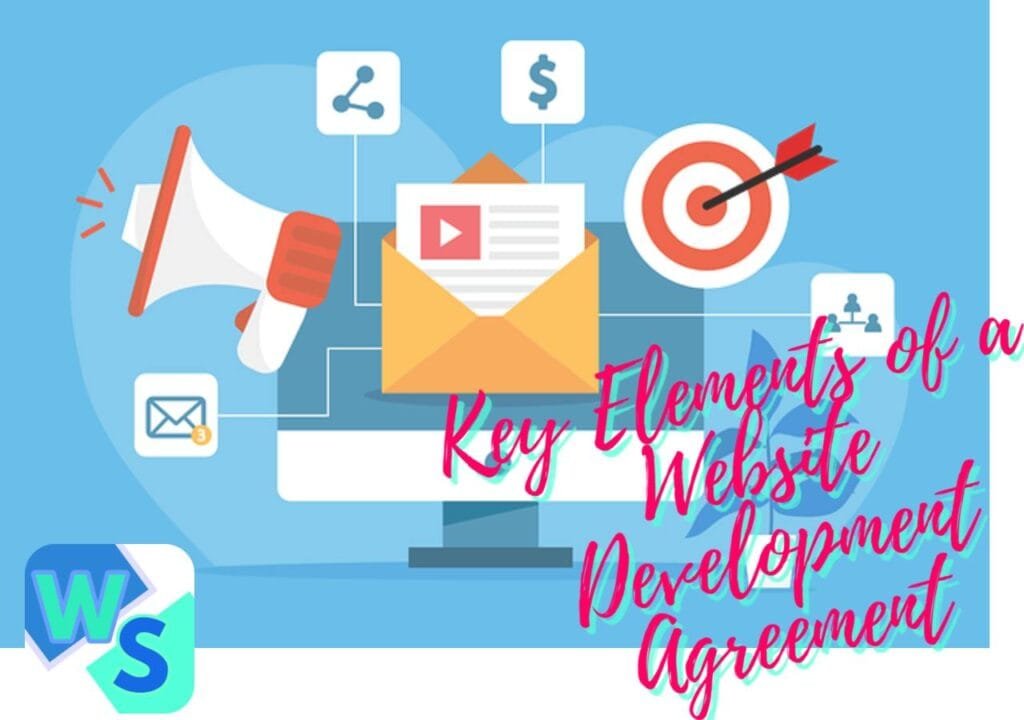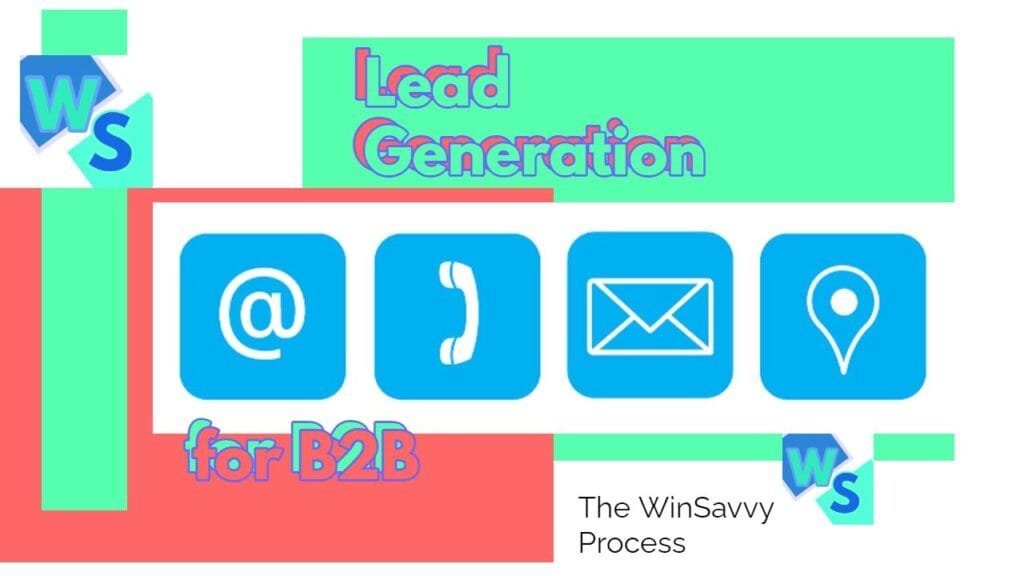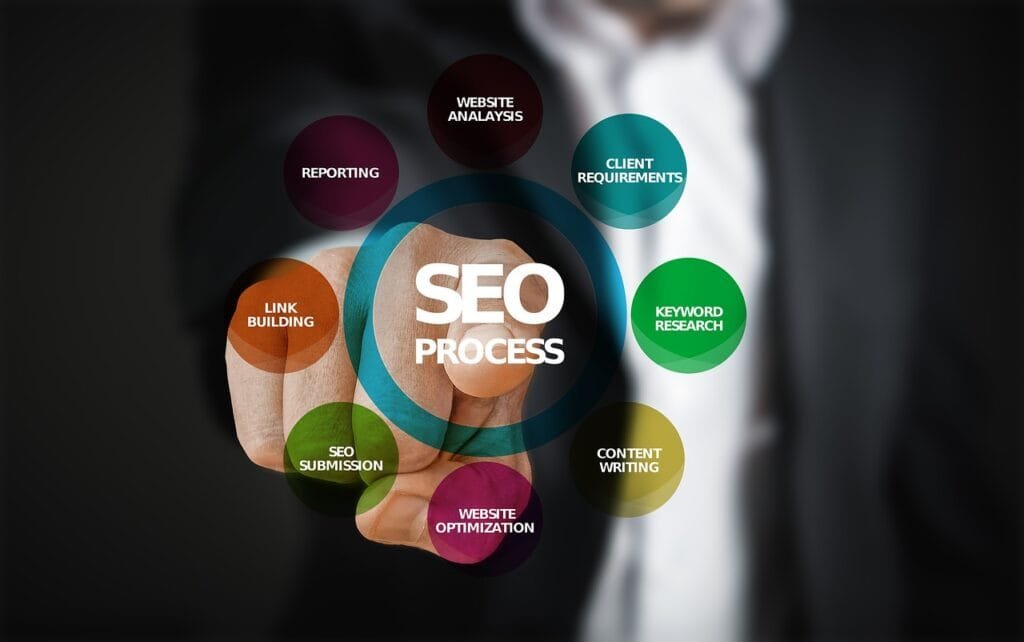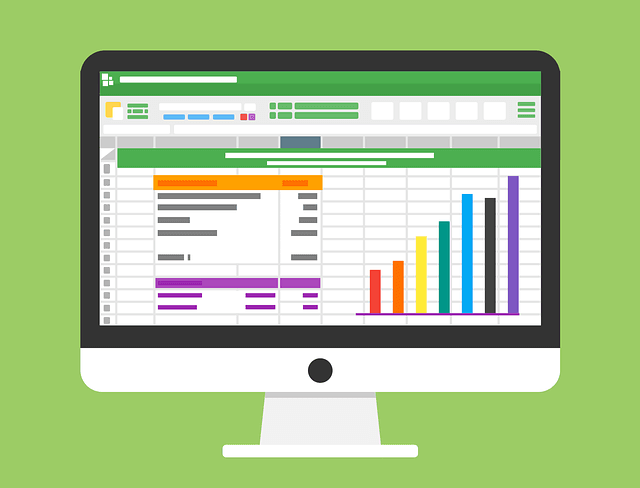(This Article has been revised, edited and added to, by Poulomi Chakraborty.)
In today’s ever-evolving digital landscape, grabbing the attention of consumers becomes more challenging by the day. Amid the noise, how can businesses cultivate a meaningful and engaging relationship with their customers? Enter gamification—a strategic layer of game-like mechanics designed to amplify user engagement. And where better to apply it than in one of the most ubiquitous channels of communication: email marketing.
We believe that with iContact and a strategic approach, email marketing can be a powerful tool to drive engagement, conversions, and growth for our clients.
Darren Higgs
General Manager- ON Advertising
Gamification is not just about turning processes into games. It’s a profound psychological tool, leveraging our innate desire for competition, achievement, and recognition. When correctly harnessed in email marketing, it can transform passive subscribers into enthusiastic participants, driving unprecedented engagement and loyalty.
In this guide, we’ll dive deep into the realm of gamification within email marketing, exploring its elements, benefits, tools, and strategies.

Key Elements of Gamification
As we delve deeper into the key elements of gamification in email marketing, it’s vital for startup founders to recognize the importance of innovative strategies that drive engagement and foster a deeper connection with their audience. Gamification, when executed with precision and creativity, can elevate your email marketing campaigns from mere communications to engaging experiences that resonate with your subscribers.
Points, badges, leaderboards, challenges, etc.
These are some of the most commonly recognized gamified elements. They tap into our inherent desires:
- Points: These signify achievement and can be accumulated through various interactions. They act as a measure of a subscriber’s engagement or loyalty.
- Badges: Symbols of accomplishment. Earning badges can give users a sense of pride, and they often work in tandem with points.
- Leaderboards: Tapping into the competitive spirit, leaderboards rank users based on achievements or points, pushing them to engage more.
- Challenges: Setting tasks or missions encourages users to complete a series of actions, often with rewards upon completion.
The Psychological Underpinning of Gamification
Understanding the psychological motivators behind gamification is crucial for crafting strategies that not only captivate but also convert. Beyond the basic elements like points, badges, and leaderboards, it’s essential to consider the psychological principles that make these elements effective. For instance, the concept of “flow” – a state of complete immersion and focus – can be a powerful aspect to integrate into your gamified emails. Achieving flow requires presenting challenges that match the skill level of your users, ensuring they are neither too easy nor too hard. This principle can be applied by gradually increasing the difficulty of tasks or challenges as users progress, keeping them engaged and motivated.
Crafting Personalized Gamification Experiences
In the realm of email marketing, personalization is the key to standing out. Incorporating personalization into gamification means moving beyond generic rewards to offer incentives that resonate on an individual level. This could involve segmenting your audience based on their interactions and preferences, then tailoring the gamified elements accordingly. For example, a fitness brand could create personalized workout challenges based on the user’s past activities, with emails that cheer them on by name as they progress towards their goals.
Dynamic Storytelling Through Gamification
Another innovative approach is to weave gamification with storytelling, creating a narrative that unfolds over multiple emails. Each email serves as a chapter in a larger story, with subscribers’ actions influencing the outcome. This narrative approach not only makes each interaction more meaningful but also builds anticipation for future emails, enhancing open rates and engagement. Startups can leverage this by crafting stories that align with their brand’s values and mission, making subscribers the heroes of their own journeys.
Leveraging Advanced Technologies for Enhanced Gamification
To take gamification to the next level, startups can explore advanced technologies such as AI and machine learning. These technologies can analyze user behavior in real-time, allowing for the dynamic adjustment of challenges and rewards based on individual engagement patterns. For instance, if a subscriber frequently interacts with certain types of content, the system can automatically generate personalized quizzes or challenges based on those preferences.
Implementing Feedback Loops for Continuous Improvement
An often overlooked yet critical element of gamification is the feedback loop. Providing immediate feedback on users’ actions not only reinforces behavior but also offers insights into their preferences and engagement levels. This real-time feedback can be used to continually refine and optimize your gamification strategy. Startups should implement mechanisms to collect user feedback directly through the emails, such as quick polls or reaction buttons, and use this data to adjust their campaigns for better performance.
Crafting a Future-Proof Gamification Strategy
As email marketing continues to evolve, integrating gamification in a way that is thoughtful, personalized, and technologically advanced will set your startup apart. By understanding the psychological aspects, personalizing experiences, incorporating storytelling, leveraging technology, and implementing feedback loops, you can create email campaigns that are not just read but experienced. Remember, the ultimate goal of gamification is to foster a deeper connection with your audience, turning subscribers into advocates and customers into community members. With these strategies, your startup is well on its way to mastering the art of gamification in email marketing.
Real-World Applications
Gamification isn’t a novel concept. Industries ranging from education to finance have employed game mechanics to amplify user engagement. Here are a few examples:
- Retail: Loyalty programs where customers earn points for every purchase, eventually unlocking discounts or gifts.
- Fitness: Apps that allow users to set challenges, earn badges for milestones, or even compete with friends.
- Education: Platforms that use points and badges to motivate students to complete lessons or courses.
Such real-world applications underscore gamification’s potential, and its integration into email marketing seems not just plausible but promising.
Expanding Beyond Retail and Fitness
While retail and fitness are prime examples of gamification success, the potential applications span much broader. Startups in sectors like B2B services, education technology, and even non-profit can harness gamification to remarkable effect.
B2B Services: Engaging Professional Audiences
In the B2B realm, gamification can transform mundane corporate communications into compelling content that professionals look forward to. Consider a scenario where a B2B startup uses gamification to educate its audience about industry trends or new regulations. By embedding interactive quizzes in their emails, with each correct answer revealing a piece of actionable advice or an expert insight, businesses can make learning an engaging experience. This strategy not only positions the startup as a thought leader but also fosters a deeper connection with its professional audience.
EdTech: Revolutionizing Learning
For education technology startups, gamification in email marketing offers a unique opportunity to extend learning beyond the platform. Imagine sending out weekly challenge emails that encourage learners to apply their knowledge in real-world scenarios, with points that contribute to their overall course progress. This approach not only reinforces learning outcomes but also keeps students engaged with the platform, even when they’re not actively taking a course.
Harnessing the Power of Gamification for Social Good
Startups focused on social impact can leverage gamification to raise awareness and drive action for their causes. By incorporating elements like virtual badges for advocacy actions taken or points for donations made, social impact startups can create a sense of community and achievement among their supporters. This strategy not only amplifies their cause but also builds a loyal base of advocates willing to take action.
Eco-Friendly Challenges: Promoting Sustainability
An emerging application of gamification is in promoting eco-friendly behaviors. Environmental startups can send out emails challenging subscribers to reduce their carbon footprint with specific actions, such as going plastic-free for a week or biking to work. Tracking these actions through a point system and recognizing top contributors can significantly enhance engagement and promote sustainable practices among a wider audience.
Strategic Integration of Gamification with User Journeys
The key to successful gamification lies not just in its application but in its strategic integration with the user’s journey. For startups, this means mapping out the customer lifecycle and identifying touchpoints where gamification can enhance the experience. Whether it’s onboarding new users, encouraging product adoption, or fostering community, gamification can play a pivotal role in achieving strategic objectives.
Personalization and Progress Tracking
Personalizing gamified experiences based on the user’s stage in the customer journey can dramatically increase engagement. For instance, new subscribers might receive introductory challenges that familiarize them with your product or service, while long-term users might get more advanced challenges that encourage deeper engagement or advocacy.
Pioneering New Frontiers with Gamification
The real-world applications of gamification in email marketing are as diverse as the startups that implement them. By looking beyond traditional uses and considering the unique needs and goals of your audience, gamification can become a powerful tool in your marketing arsenal. From engaging professional audiences in B2B services to promoting social good, the possibilities are limitless. The key is to integrate gamification strategically into the user journey, ensuring that every interaction is meaningful and contributes to the overall goals of your startup. With creativity and strategic insight, gamification can transform your email marketing efforts, creating memorable experiences that drive engagement, loyalty, and growth.

Why Gamify Your Emails?
#1. Increased Engagement Rates
Email marketing has always been about engagement. But with inboxes overflowing with promotional content daily, standing out is harder than ever. Gamification changes this narrative. By adding interactive elements, you can increase the open, click-through, and conversion rates of your emails. For instance, according to recent studies, gamified promotions can boost engagement rates by up to 30% compared to traditional emails. When subscribers interact, they invest their time, making them more likely to follow through with a desired action.
In terms of boosting the KPIs, we have some tried-and-tested methods. We use the power of segmentation to target specific groups of our subscriber base
Fawaz Naser
CEO- Softlist.io
#2. Higher Retention
Gamified emails are not just about one-time interactions. They’re about fostering long-term relationships. Through badges, points, or streaks, you can encourage consistent engagement. It’s the same reason why users return daily to apps or platforms—they want to maintain their streak or accumulate more points. By creating a sense of achievement, you make your emails an anticipated event rather than just another notification.
Email marketing is not dead- it’s still the most effective type of marketing that ensures maximum ROI
Shreya Sharma
Founder and CEO- BrandLoom Consulting
#3. Promotion and Awareness
Interactive emails tend to be share-worthy. If you’ve ever received a quiz result you wanted to share on social media or a challenge you wished to invite a friend to, you understand this allure. When subscribers share their achievements, your brand gains organic visibility, reaching potential subscribers in a genuine, non-promotional way.
#4. Improved Data Collection
While open and click-through rates provide valuable insights, gamification offers a deeper understanding of your subscribers. How long did they interact with the email? Which choices did they make in a quiz? Such interactions reveal preferences, behavior, and even potential pain points. By analyzing these data points, you can refine your future campaigns, ensuring they resonate even more with your audience.
Active Campaign gives me insights into click-throughs, opens, and link-sharing activities. This allows me to deliver timely and relevant content that engages my subscribers.
Tim Schmidt
Founder- Ira Investing
Tools for Gamifying Emails
In the quest to captivate and engage audiences, startups need to arm themselves with the most effective tools for gamifying their email marketing campaigns. Beyond the foundational platforms mentioned, there’s a whole arsenal of advanced technologies and innovative solutions designed to enhance the gamification experience.
Integrating Cutting-Edge Technologies
The landscape of email marketing is constantly evolving, driven by technological advancements that offer new possibilities for gamification. Understanding and leveraging these technologies can set your startup apart, offering your subscribers a truly unique and engaging experience.
Artificial Intelligence and Personalization Engines
Artificial Intelligence (AI) and machine learning can transform how you personalize gamification in emails. By analyzing subscriber behavior, AI can predict which types of games or challenges will most appeal to individual users, customizing their experience to increase engagement. Tools like Persado use AI to craft persuasive, personalized email content, while others, such as Algolia, can enhance search functionalities within your emails, making interactive elements more engaging and relevant.
Augmented Reality (AR) for Immersive Experiences
Augmented Reality (AR) offers an exciting avenue to gamify emails with immersive experiences. Imagine sending an email that allows subscribers to view a product in 3D in their environment or participate in an AR treasure hunt that leads them to discounts or rewards. Platforms like Blippar provide tools to create AR content that can be integrated into emails, offering a novel way to engage and captivate your audience.
Leveraging Gamification and Automation Platforms
Automation plays a crucial role in scaling and personalizing gamification strategies within email marketing. The right platform can automate the delivery of personalized gamified content based on user actions or milestones, ensuring timely and relevant engagement.
Dynamic Content Automation
Tools like Marketo and HubSpot excel in dynamic content automation, allowing you to insert gamified elements such as quizzes, polls, or challenges based on the subscriber’s segmentation or past interactions. This ensures that each subscriber receives the most relevant and engaging content, driving higher participation rates.
Real-Time Interaction Management
Real-time interaction tools, such as Salesforce Interaction Studio, enable marketers to manage and deliver personalized experiences at scale, including gamified email content. These platforms can track user interactions across channels in real-time, allowing for the seamless integration of gamified elements in emails that reflect the user’s most recent engagements with your brand.
Strategic Implementation for Maximum Engagement
While having the right tools is crucial, the strategic implementation of these technologies can make or break your gamification efforts. Startups should focus on creating a cohesive experience that aligns with their brand values and marketing goals.
Creating Seamless Omnichannel Experiences
Ensure that the gamified elements in your emails are part of a larger, omnichannel strategy. For example, a challenge initiated in an email should be easily continued on your website or app, with progress tracked across all platforms. This creates a seamless experience for users, encouraging greater participation and engagement.
Analytics and Optimization
Utilizing analytics tools to monitor the performance of your gamified emails is essential for continuous improvement. Platforms like Google Analytics and Mixpanel can provide insights into how users interact with your emails, allowing you to refine and optimize your gamification strategies over time. A/B testing different elements can help determine what resonates best with your audience, ensuring your efforts yield the highest engagement and conversion rates.
Unlocking the Full Potential of Gamified Emails
By embracing advanced tools and technologies for gamifying emails, startups can unlock new levels of engagement and interaction with their audience. From AI-driven personalization to immersive AR experiences, the possibilities are endless for those willing to explore and innovate. However, the success of these tools hinges on strategic implementation, focused on creating personalized, seamless experiences that resonate with subscribers and drive meaningful engagement. With the right approach, gamified emails can become a powerful tool in your marketing arsenal, setting your startup on the path to growth and success.
I utilize Mailchimp for email marketing, appreciating its user-friendly interface, robust analytics, and integrative capabilities. For a diverse audience, its segmentation tools are invaluable, allowing for targeted campaigns.
Nitjaporn Lertlum
Assistant Researcher- Suvannaphumi Data Center

Design Principles for Gamified Emails
For startup founders looking to elevate their email marketing through gamification, understanding and applying key design principles is crucial. The design of your gamified emails plays a pivotal role in engaging users, driving participation, and ultimately, converting leads into loyal customers. This expanded guide delves into the strategic nuances of design principles tailored specifically for gamified email campaigns, offering actionable insights to create visually appealing and highly interactive emails.
Prioritizing User Experience in Email Design
User Experience (UX) should be at the heart of your gamified email design strategy. This means crafting emails that are not only visually appealing but also easy to navigate and interact with, regardless of the device being used.
Streamlining Interaction Paths
The journey from opening an email to completing a gamified task should be as frictionless as possible. This involves clear, concise instructions, and visible, easy-to-tap buttons or links. Consider the flow of interaction in your design process, ensuring that users can intuitively understand what is expected of them without feeling overwhelmed or confused.
Adaptive and Responsive Design
With the majority of emails now opened on mobile devices, your gamified emails must look great and function flawlessly across all screen sizes. This requires a responsive design that adapts content layout according to the device, ensuring that gamified elements such as quizzes, polls, or clickable challenges are easily accessible and engaging on both desktop and mobile.
Our experience with Force24 has been nothing short of positive. The platform’s UK support, specialized features, and user-friendly landing page design capabilities have significantly enhanced our email marketing efforts. We believe that it’s a valuable asset in our marketing toolkit, allowing us to connect with our audience in meaningful ways.
Liam Loughney
Performance Director- Bidmark
Incorporating Interactive Visual Elements
The use of dynamic visual elements can significantly enhance the engagement levels of your gamified emails. Moving beyond static images to incorporate animations, videos, or even interactive graphics can make your emails stand out in a crowded inbox.
Engaging Through Animation and Motion
Animations and motion graphics can draw attention to key elements of your gamification, such as rewards, progress indicators, or calls to action (CTAs). However, it’s important to use these sparingly and strategically to avoid distractions or overwhelming your audience. Tools like Adobe Animate or HTML5 can be used to create lightweight animations that enrich the user experience without impacting email load times.
Visual Storytelling with Gamification
Leverage the power of visual storytelling to make your gamified emails more compelling. Use thematic graphics, consistent color schemes, and imagery that aligns with the narrative of your gamification campaign. This not only enhances the aesthetic appeal but also helps convey your message more effectively, creating a memorable experience for your subscribers.
Enhancing Clarity with Clean Layouts and Typography
The layout and typography of your gamified emails should facilitate easy reading and interaction. A cluttered design can detract from the gamified elements, reducing participation and engagement.
Simplifying Layouts for Better Focus
Use clean, organized layouts that guide the reader’s eye towards the most important elements of your email, such as the gamification challenge and the CTA. Space out elements appropriately and use contrasting colors to highlight interactive components.
Readable Typography for All Devices
Choose fonts that are not only on-brand but also highly readable across devices and email clients. The text size should be optimized for mobile screens, ensuring that instructions and messages related to your gamified elements are easily digestible at a glance.
Strategic Use of Color and Branding
Color plays a vital role in setting the tone of your gamified emails and can significantly impact user emotions and actions. Incorporate your brand’s color palette to maintain consistency and recognition, while also using color contrasts to draw attention to gamification elements and CTAs.
Consistency with Brand Identity
Ensure that your gamified email designs align with your overall brand identity. This consistency helps build trust and recognition, making your emails instantly identifiable to your subscribers. Utilize brand colors, logos, and style guides to maintain a coherent visual language across all your email campaigns.
Crafting Exceptional Gamified Email Experiences
By adhering to these advanced design principles, startup founders can significantly enhance the effectiveness of their gamified email marketing campaigns. Prioritizing user experience, leveraging interactive visuals, optimizing layouts and typography, and maintaining brand consistency are all crucial elements that contribute to creating engaging, interactive, and visually appealing emails. Remember, the goal is not just to entertain but to foster deeper engagement and drive meaningful actions through well-designed gamified experiences. With careful planning and strategic design, your gamified emails can become a powerful tool in your marketing arsenal, delighting subscribers and driving your startup towards its growth objectives.
Email marketing has long been a cornerstone of digital communication strategies for businesses of all sizes. HubSpot stands out as a comprehensive and effective tool that has gained immense popularity. In this article, we will delve into why HubSpot is a preferred choice for many, its notable features, and how it can be effectively utilized.
Jayesh Jain
Senior Vice President of Sales- Sage Software Solutions Pvt. Ltd.
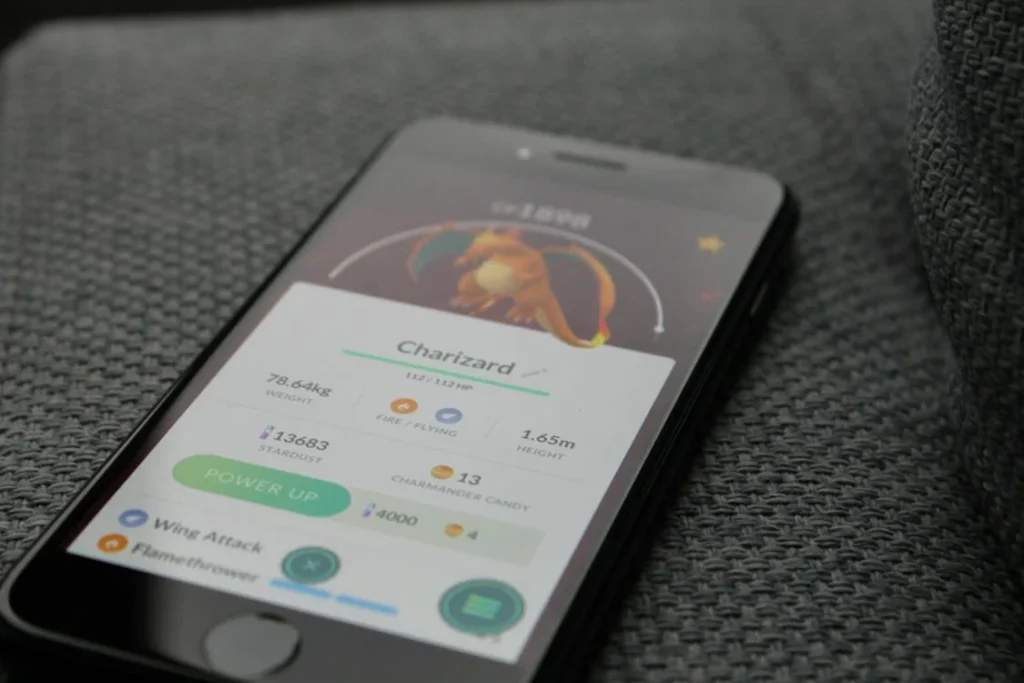
Pitfalls to Avoid in Email Gamification
Email gamification presents a world of opportunities for startups to engage their audience uniquely and memorably. However, the road to creating successful gamified emails is fraught with potential pitfalls that can undermine your efforts, diminish user engagement, and even harm your brand reputation.
Maintaining a Balance Between Fun and Relevance
The allure of gamification lies in its ability to make interactions fun and engaging. Yet, there’s a delicate balance to strike between creating enjoyable experiences and maintaining the relevance and value of your content.
While it’s tempting to incorporate gamification into every aspect of your email marketing, doing so can lead to overload, where the novelty wears off, and engagement starts to wane. It’s crucial to strategically select opportunities for gamification that add real value to the subscriber’s experience, rather than gamifying for the sake of it. Use gamification to highlight key actions or information that aligns with your subscriber’s interests and your business goals.
Every game or challenge you introduce should have a clear purpose and offer value to the subscriber. This could be educational content, a discount, or insider information that enhances their connection with your brand. Always ask yourself if the gamification element enriches the subscriber’s experience or serves merely as a distraction.
Crafting Inclusive and Accessible Gamified Emails
Inclusivity and accessibility are paramount in email marketing, ensuring that all subscribers, regardless of their abilities, can enjoy and participate in your gamified content.
Ensure that your gamified emails are accessible to everyone, including those with disabilities. This means providing alternative text for images, ensuring color contrasts meet accessibility standards, and designing interactive elements that are keyboard navigable. Remember, an inclusive design not only expands your reach but also demonstrates your brand’s commitment to all its subscribers.
Your audience is diverse, and your gamified content should reflect this. Incorporate elements that resonate with a broad spectrum of cultures, backgrounds, and interests. This not only broadens the appeal of your campaigns but also strengthens the connection between your brand and its audience.
Avoiding Over-reliance on Competitive Elements
Competition can be a powerful motivator in gamification, encouraging subscribers to engage more deeply with your content. However, over-emphasizing competition can have downsides, such as discouraging less competitive subscribers or fostering negative feelings among those who don’t ‘win.’
Focus on creating gamified elements that promote a sense of community and collective achievement, rather than just individual victories. For instance, consider campaigns where subscribers work together towards a common goal, and everyone benefits once the goal is reached. This approach not only mitigates the potential negative aspects of competition but also builds a stronger, more engaged community around your brand.
Ensuring Privacy and Security in Gamified Campaigns
As with all aspects of digital marketing, protecting your subscribers’ privacy and security is crucial. Gamified emails often collect additional data, which must be handled responsibly.
Be transparent about what data you’re collecting through gamified elements and how it will be used. Ensure that your data collection practices comply with regulations like GDPR or CCPA, and implement robust security measures to protect subscriber information. Trust is a cornerstone of subscriber engagement, and respecting privacy is paramount to maintaining that trust.
Elevating Gamification with Strategic Foresight
By being mindful of these advanced considerations and strategically integrating gamification into your email marketing, startup founders can avoid common pitfalls and unlock the full potential of this powerful engagement tool. Maintaining a balance between fun and relevance, ensuring inclusivity and accessibility, avoiding over-reliance on competitive elements, and safeguarding subscriber privacy are all critical steps in crafting successful gamified email campaigns. With careful planning and a strategic approach, gamification can significantly enhance your email marketing efforts, creating memorable experiences that drive engagement, loyalty, and growth for your startup.

Measuring the Success of Gamified Emails
In the dynamic world of email marketing, measuring the success of your gamified campaigns is essential to understanding their impact and optimizing future strategies. Beyond the basic metrics of open rates and click-through rates, a more nuanced approach to analytics can provide deeper insights into how well your gamification efforts are resonating with subscribers.
Leveraging Engagement Metrics Beyond the Basics
While open and click-through rates offer a preliminary glimpse into your campaign’s performance, delving deeper into engagement metrics can unveil the true story behind each interaction.
Measure the amount of time subscribers spend interacting with your gamified content. High engagement times can indicate captivating content, while shorter times may suggest a need for optimization. Additionally, evaluate the depth of interaction, such as the number of game levels completed or the variety of interactive elements engaged with. These metrics can help refine the complexity and appeal of your gamified elements.
Break down your analytics by specific user actions within your emails. This segmentation can reveal which aspects of your gamification are most engaging or where users may be dropping off. Understanding these nuances allows for targeted improvements to your campaigns.
Utilizing Advanced Analytical Tools
To gather and analyze these sophisticated metrics, leveraging advanced analytical tools is crucial. These tools can offer insights into user behavior and campaign performance, beyond what traditional email marketing platforms provide.
Implement tools that provide heatmaps and click tracking within your emails. This technology can show where subscribers are clicking, how they’re navigating through your gamified content, and which elements attract the most attention. Tools like Crazy Egg or Hotjar can be integrated with your email marketing software to offer these insights.
Use cohort analysis to track the behavior of different segments of your audience over time. This approach can help identify trends among specific groups, such as those who frequently engage with gamified content versus those who don’t. Analytical platforms like Mixpanel or Google Analytics offer robust features for cohort analysis and segmentation, enabling you to tailor your strategies to different audience needs.
The Role of Qualitative Feedback
In addition to quantitative data, gathering qualitative feedback is invaluable in measuring the success of your gamified emails. This feedback can provide context to the numbers, offering insights into subscriber perceptions and experiences.
Include surveys or feedback forms as part of your gamified email campaigns or as follow-up communications. Ask specific questions about the user’s experience, the appeal of the gamification elements, and suggestions for improvement. This direct feedback can be a goldmine for enhancing the relevance and effectiveness of your campaigns.
Engage in social listening to monitor conversations about your brand and campaigns on social media platforms. Subscribers often share their experiences or opinions online, which can provide additional insights into how your gamified emails are perceived and what impact they’re having.
Crafting a Data-Driven Gamification Strategy
By embracing a comprehensive approach to measuring the success of gamified emails, startup founders can gain a deeper understanding of their effectiveness and areas for improvement. Advanced engagement metrics, the use of sophisticated analytical tools, and the incorporation of qualitative feedback are all crucial components of a successful evaluation strategy. This data-driven approach not only helps in refining current campaigns but also informs the development of future gamification efforts, ensuring they resonate with subscribers and achieve your marketing objectives. With strategic analysis and continuous optimization, gamified emails can become a powerful tool in your engagement arsenal, driving meaningful interactions and fostering lasting relationships with your audience.
Wrapping it Up
Gamification in email marketing is more than just a buzzword; it’s a revolutionary way to drive engagement, retention, and conversion in an increasingly competitive digital space. Integrating game elements into your email campaigns can transform mundane communications into exciting, interactive experiences for your subscribers. From point-based rewards systems to compelling quizzes, gamification breathes fresh life into your email content.
However, as with all strategies, balance is crucial. The magic lies not in the mere addition of gamified elements but in their seamless integration with your brand’s message and values. Overdoing it or neglecting the core content can alienate subscribers, defeating the strategy’s purpose. Similarly, while extrinsic motivators like badges or discounts can spark interest, the real win is in fostering intrinsic motivation where subscribers participate for the sheer joy of it.
Read Next :
- The Secret Behind Consistency – What Goes On In The Mind of Inconsistent People
- A Guide on How Data Science Can Boost Your Startup
- What Businesses in India Need to Know About the Prevention of Sexual Harassment at Workplace Act
- How to Create a Great Infographic that People Want to Share: Tips from Experts
- All About Digital Signature Certificates in India








